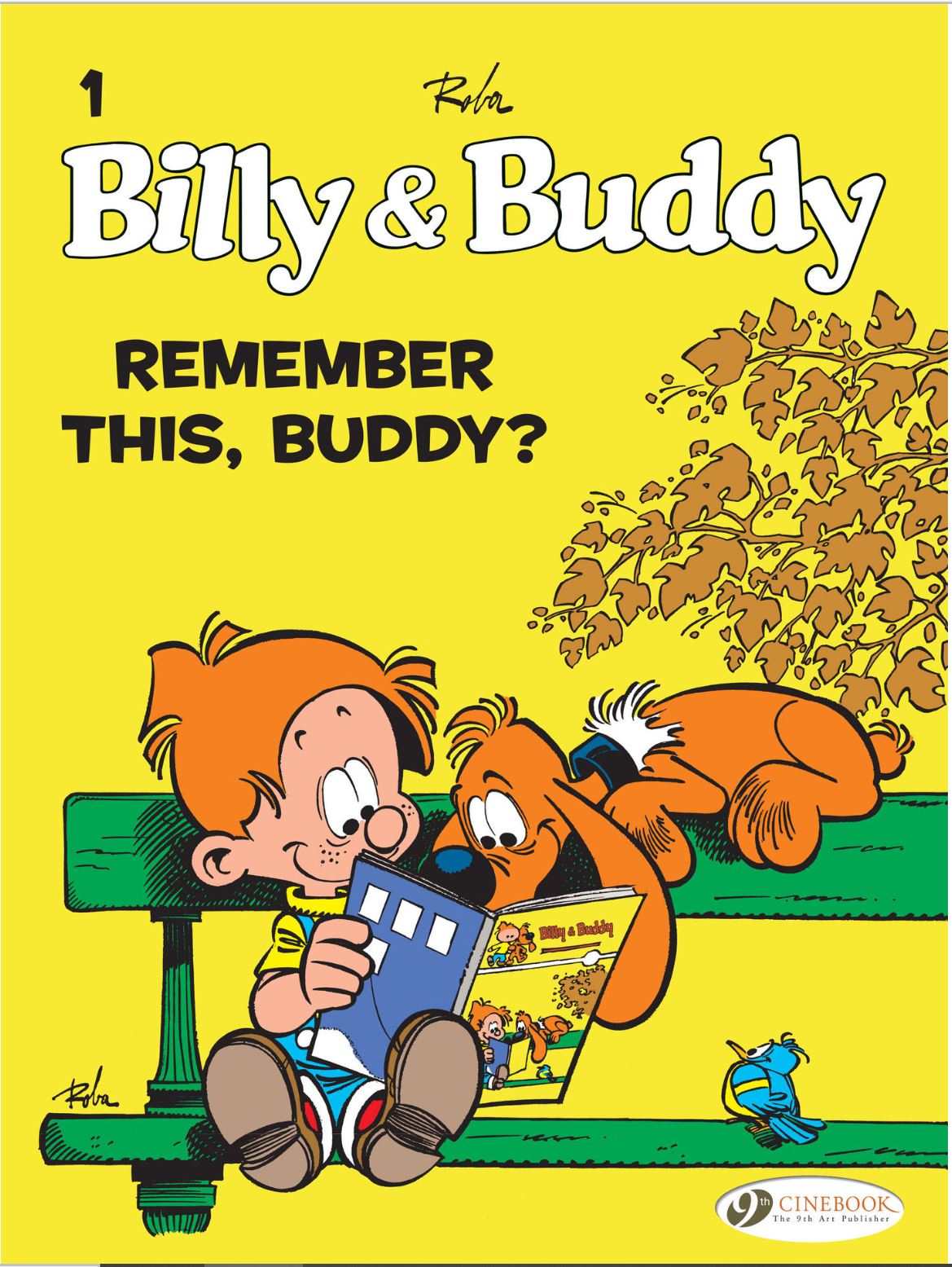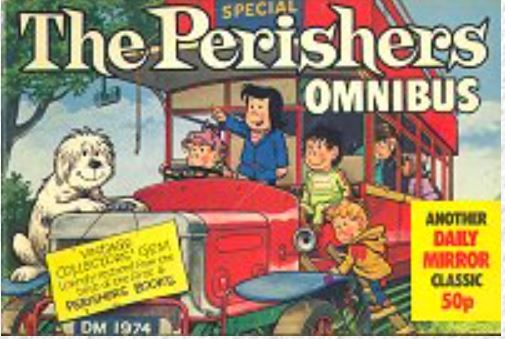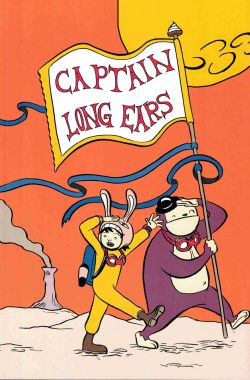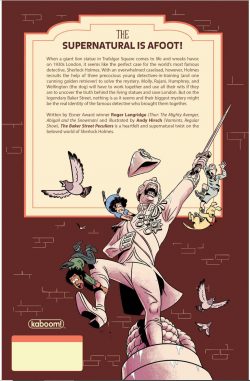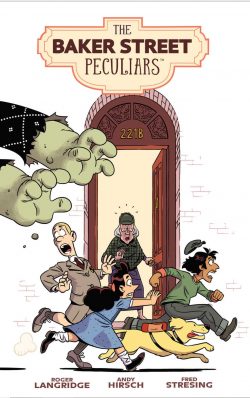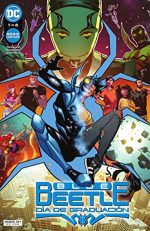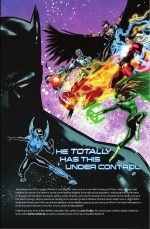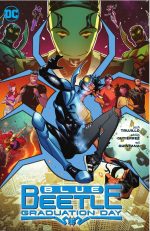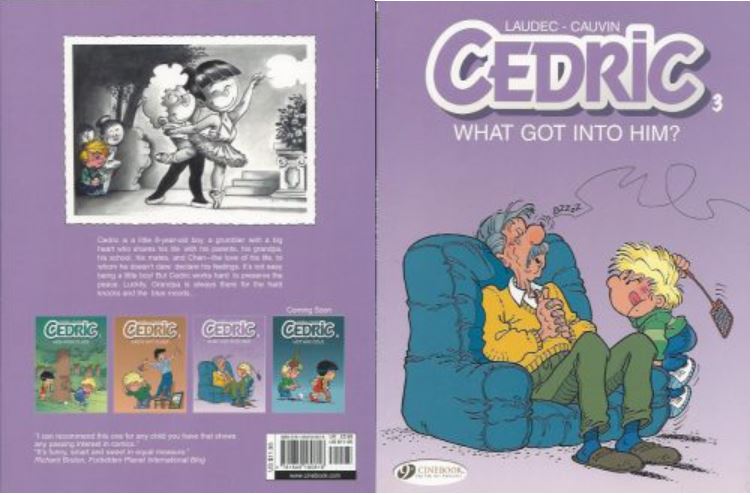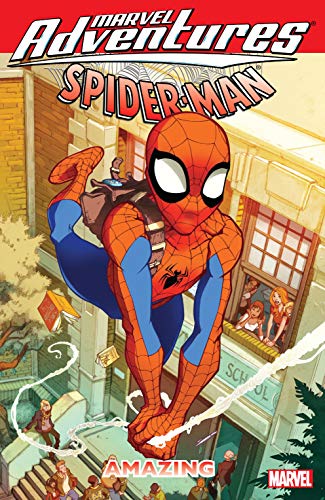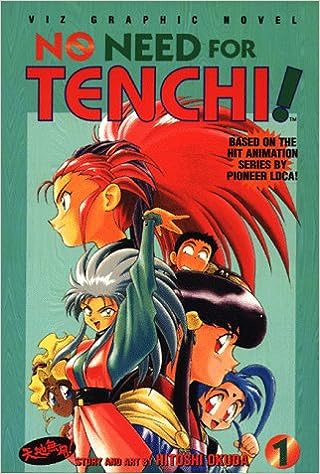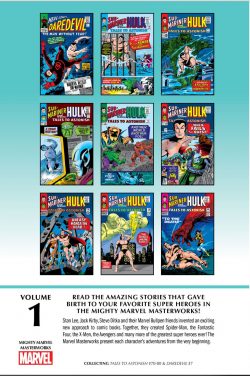
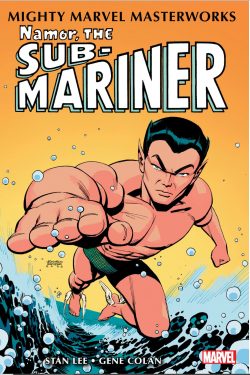
By Stan Lee, Gene Colan, Wallace Wood & various (MARVEL)
ISBN: 978-1-3029-4885-6 (TPB/Digital edition)
If you’re currently sitting on or near a beach that isn’t actually storm-wracked or on fire, you might be feeling in the mood for a little salty sea-borne fun about now. The stories re-presented here are timeless and have been gathered many times before but today we’re enjoying another example of The Mighty Marvel Masterworks line: designed with economy in mind and newcomers as target audience. These books are far cheaper, on lower quality paper and smaller – like a paperback novel. Your eyesight might be failing and your hands too big and shaky, but at 152 x 227mm, they’re perfect for kids. If you opt for digital editions, that’s no issue at all.
Prince Namor, the Sub-Mariner is the offspring of a water-breathing Atlantean princess and an American polar explorer: a hybrid being of immense strength; highly resistant to physical harm; able to fly and exist above and below the waves. Created by young, talented Bill Everett, Namor technically predates Marvel/Atlas/Timely Comics.
He first caught the public’s attention as part of the fire vs. water headlining team in Marvel Comics #1 (October 1939 and soon to become Marvel Mystery Comics). He shared honours and top billing with The Human Torch, but had originally been seen (albeit in a truncated monochrome version) in Motion Picture Funnies: a promotional giveaway handed out to moviegoers earlier in the year.
Quickly becoming one of the company’s biggest draws, Namor gained his own title at the end of 1940 (cover-dated Spring 1941) and was one of their last super-characters to go at the end of the first heroic age.
In 1954, when Atlas (as the company then was) briefly revived its costumed character “Big Three” (the Torch and Captain America being the other two), Everett returned for a run of superb fantasy tales, but even so the time wasn’t right and the title sunk again.
When Stan Lee & Jack Kirby started reinventing comic-books in 1961 with the Fantastic Four, they revived the all-but-forgotten awesome amphibian as a troubled, semi-amnesiac, and decidedly more regal, if not grandiose, antihero. The returnee despised humanity; embittered at the loss of his sub-sea kingdom (seemingly destroyed by American atomic testing) whilst simultaneously besotted with the FF’s Sue Storm.
Namor knocked around the budding Marvel universe for a few years, squabbling with other assorted heroes such as the Hulk, Avengers and X-Men, before securing his own series as one half of Tales to Astonish. Marvel’s “split-books” had been devised as a way to promote their burgeoning stable of stars whilst labouring under a highly restrictive distribution deal limiting the number of titles they could release per month. In 1968 the company ended this commitment and expanded exponentially.
This first celebratory volume collects one of those 1960’s guest shots – Daredevil #7 – and the first Subby’s solo stories from Tales to Astonish #70-80, spanning April 1965 to June 1966, and opening without preamble with a fateful encounter with his least powerful antagonist. Previously, Fantastic Four #4 had reintroduced the all-powerful amphibian Prince of Atlantis as an amnesiac relic who recovered his memory thanks to some rather brusque treatment by teen delinquent and AWOL Human Torch Johnny Storm. Rapidly returning to his sub-sea homeland he found it lain waste by atomic testing. A monarch without subjects, he swore vengeance on humanity and attacked New York City with a gigantic monster. In short order thereafter he met and battled Doctor Doom, The Hulk, Puppet Master, The Avengers, Magneto, the X-Men, and Doctor Strange, Master of the Mystic Arts…
As previously stated, prior to Tales to Astonish, Namor appeared in numerous titles as guest villain du jour. One last guest shot with Namor acting as a misunderstood bad-guy was Daredevil #7 (April 1965): a tale qualifying as a perfect comic book and a true landmark – to my mind one of the Top Ten Marvel Tales of all time.
Here, Lee and creative legend Wally Wood concocted a timeless masterpiece with ‘In Mortal Combat with… Sub-Mariner!’ as Namor of Atlantis – recently reunited with the survivors of his decimated race – returns to the surface world to sue mankind for their crimes against his people. To expedite his claim, the Prince engages the services of Matt Murdock‘s law firm; little suspecting the blind lawyer is also the acrobatic Man without Fear.
Whilst impatiently awaiting a hearing at the UN, Namor is informed by his lover Lady Dorma that his warlord Krang has usurped the throne in his absence. The tempestuous monarch cannot languish in a cell when the kingdom is threatened, so he fights his way to freedom through the streets of New York, smashing National Guard battalions and the dauntless Daredevil with supreme ease.
The hopelessly one-sided battle with one of the strongest beings on the planet shows the dauntless courage of DD and the innate nobility of a “villain” far more complex than most of the industry’s usual fare at the time.
Augmented by a rejected Wood cover repurposed as ‘A Marvel Masterwork pin-up: Namor and D.D.’, this yarn is merely a cunning prelude…
A few months later Tales to Astonish #70 heralded ‘The Start of the Quest!’ as Lee, Gene Colan (in the pseudonymous guise of Adam Austin) & Vince Colletta set the Sub-Mariner to storming an Atlantis under martial law. The effort is for naught and the returning hero is rejected by his own people. Callously imprisoned, the troubled Prince is freed by the oft-neglected and ignored Lady Dorma…
As the pompous hero begins a mystical quest to find the lost Trident of King Neptune – which only the rightful ruler of Atlantis can hold – he is unaware that treacherous Krang allowed him to escape, the better to destroy him with no witnesses. The serialised search carries Namor through a procession of fantastic adventures and pits him against spectacular sub-sea horrors: a giant octopus in ‘Escape… to Nowhere’: a colossal seaweed man in ‘A Prince There Was’ and a demented wizard and energy-sapping diamonds in ‘By Force of Arms!’
As the end approaches in ‘When Fails the Quest!’, revolution grips Atlantis, and Namor seemingly sacrifices his kingdom to save Dorma from troglodytic demons the Faceless Ones.
Issue #75’s ‘The End of the Quest’ finds the Prince battling his way back into Atlantis with a gravely-injured Dorma, before the saga calamitously concludes in ‘Uneasy Hangs the Head…!’ as the status quo is restored and Namor finally regains his stolen throne.
Back in charge, the Prince once more turns his thoughts to peace with the surface world and resolves ‘To Walk Amongst Men!’, but his mission is derailed on encountering a deep-sea drilling platform and finds himself fighting the US military and retired Avengers Henry Pym and Janet Van Dyne. The fracas is abruptly curtailed in #78’s ‘The Prince and the Puppet’ as an old adversary once again seizes control of the amphibian’s fragile mind…
Inked by the brilliant Bill Everett, ‘When Rises the Behemoth’ sees Namor struggling against Puppet Master’s psychic control and confronting the US Army in the streets of New York, before returning to clash with a cataclysmic doomsday monster in Atlantis. Dick Ayers stepped in to ink tense conclusion ‘To the Death!’, wherein Warlord Krang returns, blackmailing Dorma into betraying her beloved Prince and fleeing away with him…
To Be Continued…
Supplemented with House ads, a full cover gallery and pages of Colan original art this assemblage of tales featuring Marvel’s first antihero are timeless treasures to delight comics lovers of every age and vintage.
© 2022 MARVEL.

